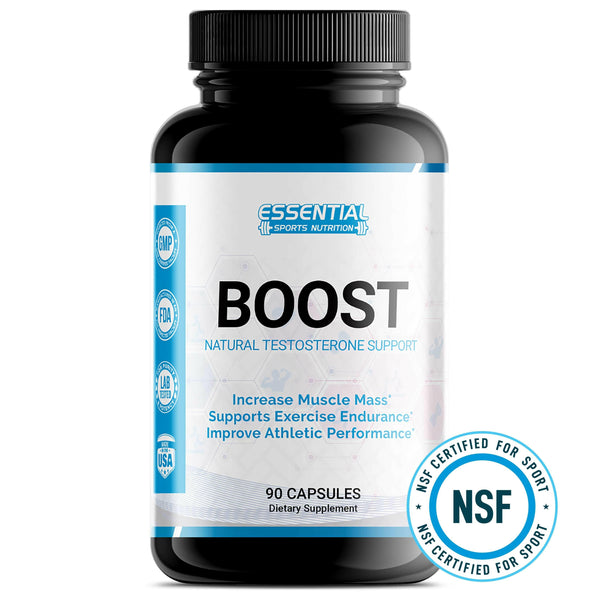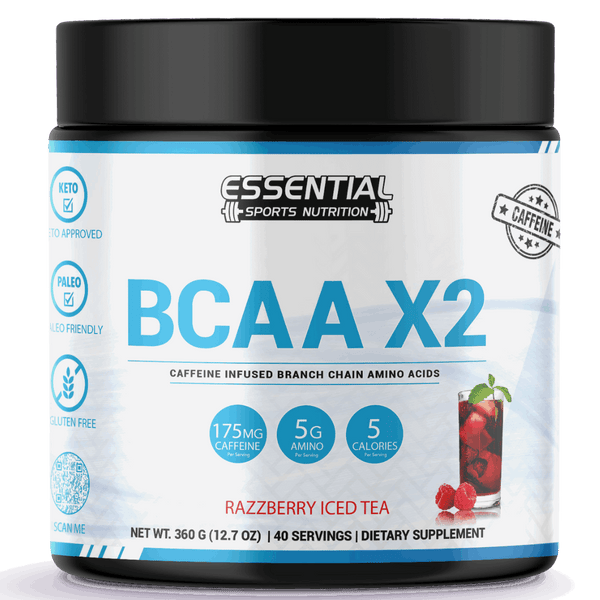Improve Your Well-being: Seated Back Exercises for a Healthier Senior Life!
You can strengthen your back and improve spinal health with seated exercises ideal for seniors. Start with the Seated Backbend to enhance spinal flexibility and ease tension. Sit comfortably in a chair with your feet flat, and gently arch your back. The Seated Cat-Cow Stretch is another great exercise. Sit at the edge of the chair, placing your feet flat, and alternate between arching and rounding your back. Try the Reach Back Movement to work your upper back and shoulders: sit upright, rotate your torso, and reach back. These exercises will promote better posture and alleviate discomfort. Curious about more effective moves?

Key Takeaways
- Seated Backbend Exercise: Enhances spinal flexibility and strength, improving posture and reducing tension.
- Seated Cat-Cow Stretch: Increases spinal mobility, relieves tension, and strengthens back muscles.
- Reach Back Movement: Strengthens upper back and shoulders, improves flexibility, and promotes better posture.
- Start with gentle movements and gradually increase intensity to prevent muscle strain.
- Consult a healthcare professional before beginning and modify exercises for individual needs.
Benefits of Seated Exercises
Seated exercises offer substantial benefits for seniors by improving core strength, flexibility, and posture while being accessible for those with mobility limitations. When you engage in these exercises, you're not only addressing back pain but also targeting your back muscles, which are vital for supporting spinal health. Strengthening these muscles can alleviate discomfort and improve your posture, which is essential for maintaining balance and reducing the risk of falls.
By focusing on core strength, seated exercises help stabilize your spine, which can lead to better overall health. A strong core supports your daily movements, making activities like walking or reaching easier and safer. Flexibility exercises, when performed seated, can enhance your range of motion without putting undue strain on your joints. This is particularly beneficial for seniors who may have arthritis or other mobility limitations.
Additionally, the convenience of seated exercises means you can perform them in the comfort of your home, ensuring you remain consistent with your routine. Regularly practicing these exercises can greatly improve your overall health and well-being, making daily tasks more manageable and enhancing your quality of life.
Safety Tips for Seniors

Before starting any new exercise routine, especially as a senior, it's important to consult with a healthcare professional to make sure the exercises are safe and appropriate for your specific health needs. This step guarantees that any pre-existing conditions are taken into account, preventing unnecessary strain or injury.
When beginning seated back strengthening exercises, keep these safety tips in mind:
- Start with gentle movements: Begin with slow, controlled exercises to ease your body into the routine. This helps prevent muscle strain and allows you to familiarize yourself with the starting position of each exercise.
- Gradually increase intensity: As you become more comfortable, gradually increase the intensity and duration of your back exercises. This prevents overexertion and helps build strength progressively.
- Modify exercises for individual needs: Adjust exercises to suit your comfort level and physical limitations. If you experience discomfort, stop immediately and consult your healthcare provider for alternative methods.
- Monitor for pre-existing conditions: Always be mindful of any health issues that could be exacerbated by exercise. Your healthcare provider can offer guidance on how to safely perform exercises that won't interfere with your condition.
Seated Backbend Exercise
One effective way to enhance spinal flexibility and mobility is by performing the seated backbend exercise, which is particularly beneficial for seniors. This exercise focuses on gently stretching and strengthening the muscles along your spine, promoting better posture and reducing tension and stiffness.
To perform the seated backbend exercise, sit comfortably in a chair with your feet flat on the ground and your hands resting on your thighs. Slowly arch your back, lifting your chest toward the ceiling while keeping your shoulders relaxed. Hold this position for a few seconds, feeling the stretch along your spine. Then, return to the starting position. Repeat this movement several times, ensuring that each arch is smooth and controlled.
Regularly practicing this exercise can contribute significantly to your back health. It helps alleviate back pain and discomfort by increasing the flexibility of your spine and improving overall muscle strength. Additionally, maintaining a good posture through exercises like the seated backbend can prevent further issues related to the back, thereby enhancing your quality of life. Consistency is key, and incorporating this simple yet effective exercise into your routine can yield substantial benefits for your back health.
Seated Cat-Cow Stretch

Engaging in the Seated Cat-Cow Stretch can greatly enhance spinal flexibility and relieve tension in the back, shoulders, and neck. This gentle, seated exercise is highly important for seniors looking to improve their back-strengthening routine. By performing the Cat-Cow stretch while seated in a chair, you can increase mobility and promote better posture with minimal strain.
To perform the Seated Cat-Cow Stretch:
- Sit comfortably at the edge of a chair with your feet flat on the floor, ensuring your spine is straight.
- Inhale deeply and arch your back, bringing your chest forward and lifting your chin slightly. This is the 'Cow' position.
- Exhale slowly while rounding your back, tucking your chin toward your chest, and drawing your belly button toward your spine. This is the 'Cat' position.
- Repeat these movements for several breaths, moving between Cat and Cow positions to stretch your spine, shoulders, and neck muscles.
Regular practice of the Seated Cat-Cow Stretch helps maintain a healthy and functional back. It allows for increased flexibility and decreased back pain, which are important for seniors aiming to stay active and independent. Incorporating this stretch into your routine will enhance your overall mobility and posture while ensuring your back muscles remain strong and flexible.
Reach Back Movement
The Reach Back movement is a seated exercise designed to target and strengthen the muscles of the upper back and shoulders. By incorporating this exercise into your routine, you can improve flexibility in your spine and promote better posture. This movement is particularly beneficial for seniors, as it aims to reduce tension and discomfort in the upper back region without causing strain.
To perform the Reach Back movement, sit upright in a sturdy chair with your feet flat on the floor. Extend one arm straight out in front of you at shoulder height. Slowly rotate your torso and reach that arm back as far as comfortable, keeping your eyes on your hand to guide the movement. Hold the position briefly before returning to the starting position. Repeat on the other side.
Regular practice of the Reach Back movement can enhance your range of motion and overall mobility in the upper body. Strengthening your back muscles through this exercise supports the spine and helps maintain a healthy posture. Making this exercise a part of your routine will promote better upper back and shoulder health, which is essential for maintaining an active lifestyle.
Conclusion

Imagine your spine as a deeply rooted yet flexible majestic tree, swaying with the breeze. You're nurturing that tree by incorporating seated back strengthening exercises like the backbend, cat-cow stretch, and reach-back movement. You'll find improved stability, reduced pain, and a sense of freedom in movement. Just remember, always listen to your body and make adjustments as needed. Your spine is your pillar; let's keep it strong and resilient.
Seated Back Strengthening Exercises for Seniors FAQs
Q: What are some effective seated back strengthening exercises for seniors?
A: Some effective seated back strengthening exercises for seniors include seated rows, seated shoulder presses, seated chest presses, and seated reverse flys.
Q: How often should seniors do back strengthening exercises?
A: Seniors should aim to do back strengthening exercises 2-3 times a week, with rest days in between to allow the muscles to recover.
Q: Can seniors with back pain benefit from back-strengthening exercises?
A: Yes, seniors with back pain can benefit from back strengthening exercises as they help improve posture, reduce pain, and strengthen the muscles that support the spine.
Q: Are there any seated exercises for seniors that can help with back pain?
A: Yes, seated exercises such as seated spinal twists, seated cat-cow stretches, and seated back extensions can help alleviate back pain in seniors.
Q: How long should seniors hold each back-strengthening exercise?
A: Older adults should aim to hold each back-strengthening exercise for 10-20 seconds, gradually increasing the hold time as they build strength and endurance.
Q: Can seniors incorporate chair exercises into their back-strengthening routine?
A: Yes, seniors can incorporate chair exercises like seated leg lifts, seated marches, and seated side bends to complement their back-strengthening routine.
Q: What are the benefits of including back-strengthening exercises in a senior's exercise routine?
A: Including back strengthening exercises in a senior's exercise routine can help improve posture, reduce the risk of falls, increase mobility, and alleviate back pain.
Q: How Can I Strengthen My Back While Sitting?
A: You can strengthen your back while sitting by performing exercises like seated rows, shoulder blade squeezes, and seated pelvic tilts. Focus on maintaining proper form and technique to target your back muscles effectively and safely.
Q: How Can I Strengthen My Back in Old Age?
A: You can strengthen your back in old age by incorporating exercises targeting key muscles, such as the erector spinae and core. Focus on maintaining proper posture and regularly engage in activities that enhance spinal stability and flexibility.
Q: How do you Strengthen your Core While Sitting Down?
A: Did you know that a strong core can reduce lower back pain by up to 76%? Engage your core muscles with seated twists and side bends. Use resistance bands for added intensity. Remember, proper posture maximizes benefits.
Q: How Can Seniors Strengthen Their Upper Back?
A: To strengthen your upper back, try stretching rows, reverse flies, and lat pulldowns using resistance bands or light dumbbells. Focus on proper form to prevent injury. Gradually increase resistance or repetitions to build strength and endurance.























